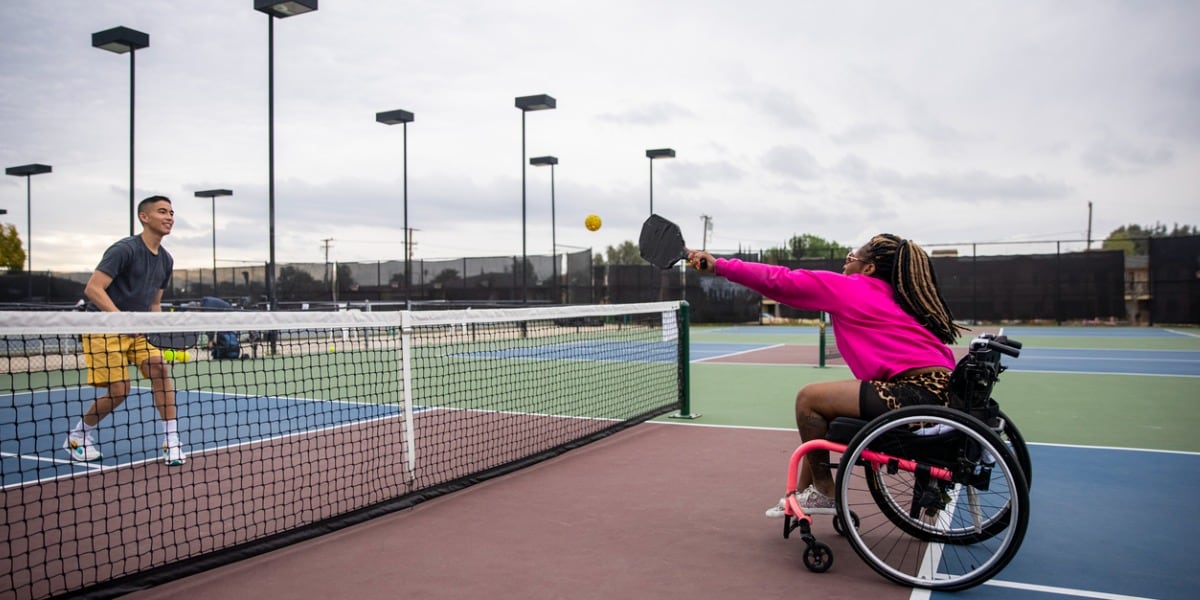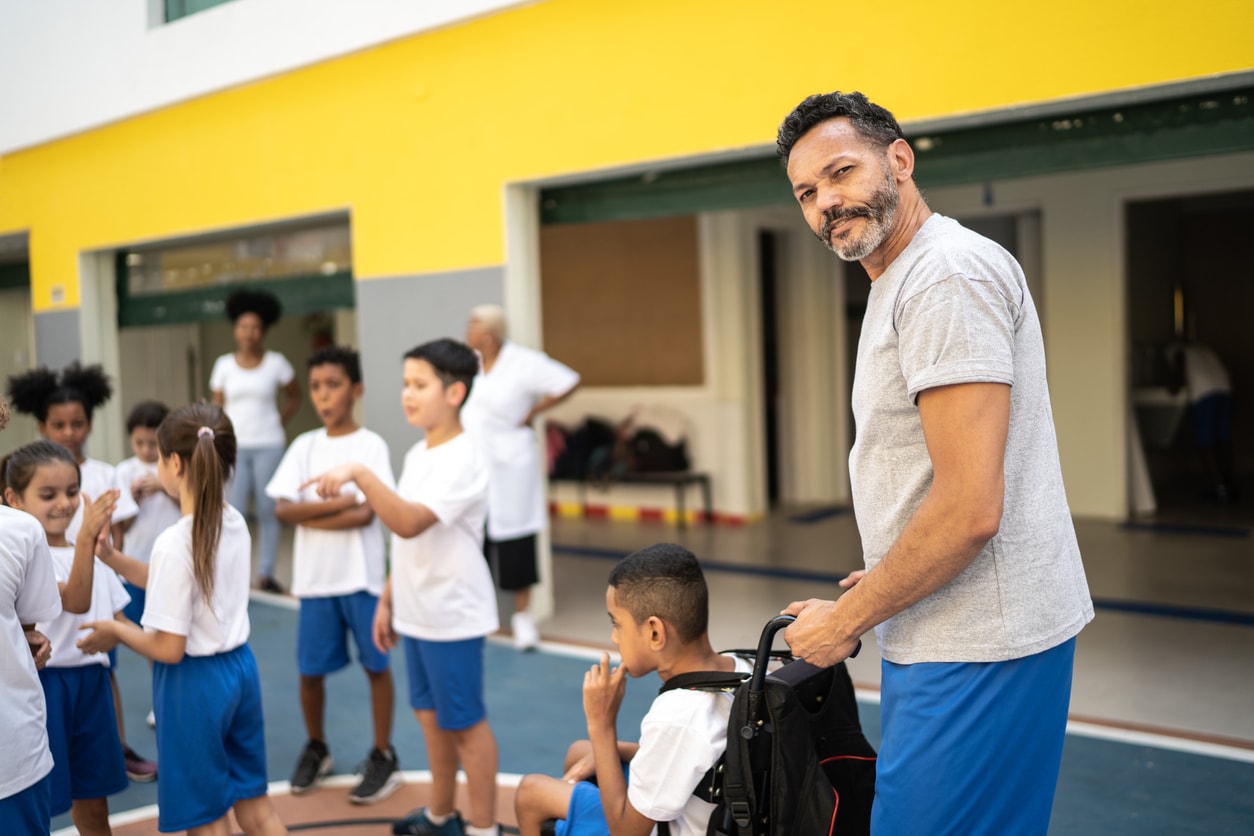Create an Inclusive Fitness and Sports Culture
Learn how schools can help all students stay active by providing inclusive physical education and physical activity opportunities.

Schools can create an inclusive fitness and sports environment for all students.
Regular physical activity can help children and adolescents build strong bones and muscles, control weight, and reduce symptoms of anxiety and depression.1 The Physical Activity Guidelines for Americans recommends that children and adolescents ages 6 to 17 years do 60 minutes or more of moderate-to-vigorous physical activity daily.2 However, less than one-fourth of children (24%) in the United States met this recommendation in 2021.3
Schools are in a unique position to help all students get enough daily physical activity by providing opportunities for physical education, physical fitness, and sports that are inclusive and accessible. This is important for:
- Establishing a foundation of inclusion for all physical activity programs before, during, and after school, including team sports and recreation.
- Ensuring all children have the right to be respected and appreciated, participate to the best of their ability, interact with peers of all ability levels, and learn to lead a healthy and active lifestyle.
Schools can include students with disabilities in exercises to help them get the recommended physical activity and create an inclusive fitness and sports culture. Some examples of these activities are:
- Aerobic exercises: walking, running, biking, swimming, basketball, or tennis
- Muscle-strengthening exercises: push-ups, sit-ups, yoga, or weightlifting.
- Bone-strengthening exercises: jumping rope, running, hockey, or rugby.
Other ways to promote inclusive physical education and physical activity for all children.

Include physical fitness and sports programs for all students.
Advocating for inclusive physical education and physical activity for all children is something everyone can do. State leaders can include policy language around inclusivity and adapted physical activities. School administrators can ensure staff receives professional development to build a culture of inclusion. State and district partners leading inclusion efforts can be a great source for collaboration with districts needing assistance, including help with providing K–12 accessible physical education classes for students with disabilities.
Learn more about inclusion in physical education and physical activity and how an inclusive Comprehensive School Physical Activity Program can help all students meet the daily physical activity recommendations.
More information
- Physical Activity Guidelines Advisory Committee. 2018 Physical Activity Guidelines Advisory Committee Scientific Report. Washington, DC: US Dept of Health and Human Services; 2018.
- US Department of Health and Human Services. Physical Activity Guidelines for Americans, 2nd edition. Washington, DC: US Department of Health and Human Services; 2018.
- Michael SL, Jones SE, Merlo CL, et al. Dietary and physical activity behaviors in 2021 and changes from 2019 to 2021 among high school students — Youth Risk Behavior Survey, United States, 2021. MMWR Suppl 2023;72(Suppl-1):75–83. DOI: http://dx.doi.org/10.15585/mmwr.su7201a9
